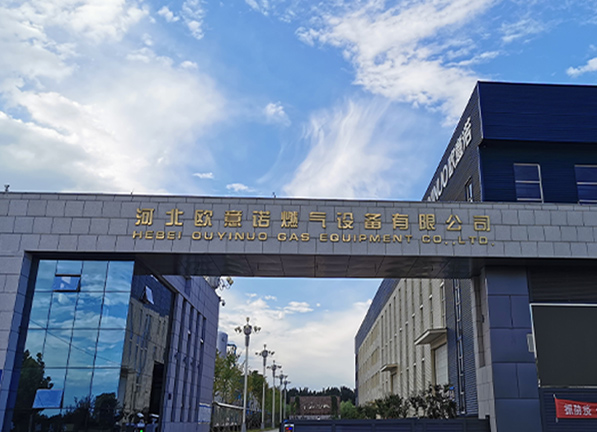
Nov . 15, 2024 06:22
Back to list
relief valve
Understanding the Importance of Relief Valves
Relief valves are critical components in various industrial systems, designed to control and maintain pressure within safe limits. As pressure builds up in a system—be it a boiler, pipeline, or storage tank—a relief valve acts as a safeguard, preventing potential failures and hazards that could arise from excessive pressure.
The primary function of a relief valve is to release excess pressure automatically when it exceeds a predetermined level. This mechanism is essential in maintaining the integrity of equipment and ensuring the safety of operations. When the pressure reaches a certain threshold, the relief valve opens, diverting the excess pressure away from the system and thus protecting it from potential damage such as ruptures or explosions.
Relief valves come in various types and configurations, depending on the specific application and requirements of the system. The most common types include spring-loaded relief valves, pilot-operated relief valves, and balanced bellows valves. Spring-loaded relief valves are widely used due to their simplicity and reliability. They consist of a spring mechanism that holds the valve closed until the pressure exceeds the set point, at which point the valve opens to relieve the pressure.
relief valve

On the other hand, pilot-operated relief valves utilize a smaller pilot valve to control a larger main valve. This design allows for more precise control of pressure and can be advantageous in systems with fluctuating pressure levels. Balanced bellows valves, meanwhile, are designed to maintain a constant pressure regardless of fluctuations in the upstream or downstream pressure, making them ideal for sensitive applications.
The selection of a relief valve is crucial and must consider several factors, including the type of fluid, pressure range, temperature, and flow characteristics. Additionally, regular maintenance and testing of relief valves are essential to ensure their proper functioning. Over time, factors such as corrosion, dirt accumulation, or mechanical wear can affect a valve’s performance, leading to potential failures if not addressed promptly.
Another important aspect of relief valves is compliance with regulatory standards. Various industrial sectors are governed by strict safety regulations that dictate the design, installation, and maintenance of relief systems. Adhering to these regulations not only helps in avoiding accidents but also promotes operational efficiency and reliability.
In conclusion, relief valves play an indispensable role in maintaining the safety and integrity of pressurized systems. By efficiently managing excess pressure, they protect equipment and personnel from potential hazards. Whether in manufacturing, energy production, or any industry dealing with pressurized fluids, understanding and implementing effective relief valve systems is paramount. Proper selection, regular maintenance, and adherence to safety standards are essential to ensure that these critical components operate as intended, safeguarding both infrastructure and human life.
Latest news
-
Safety Valve Spring-Loaded Design Overpressure ProtectionNewsJul.25,2025
-
Precision Voltage Regulator AC5 Accuracy Grade PerformanceNewsJul.25,2025
-
Natural Gas Pressure Regulating Skid Industrial Pipeline ApplicationsNewsJul.25,2025
-
Natural Gas Filter Stainless Steel Mesh Element DesignNewsJul.25,2025
-
Gas Pressure Regulator Valve Direct-Acting Spring-Loaded DesignNewsJul.25,2025
-
Decompression Equipment Multi-Stage Heat Exchange System DesignNewsJul.25,2025

